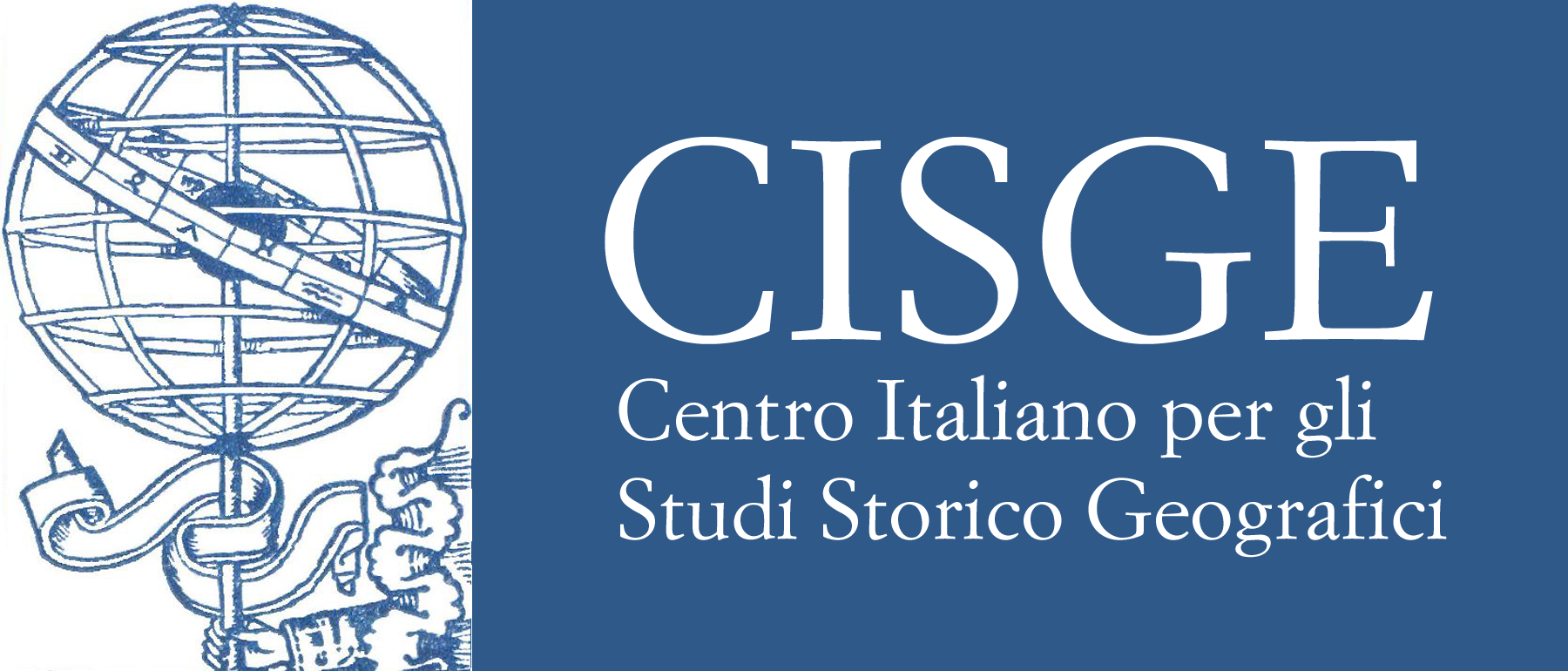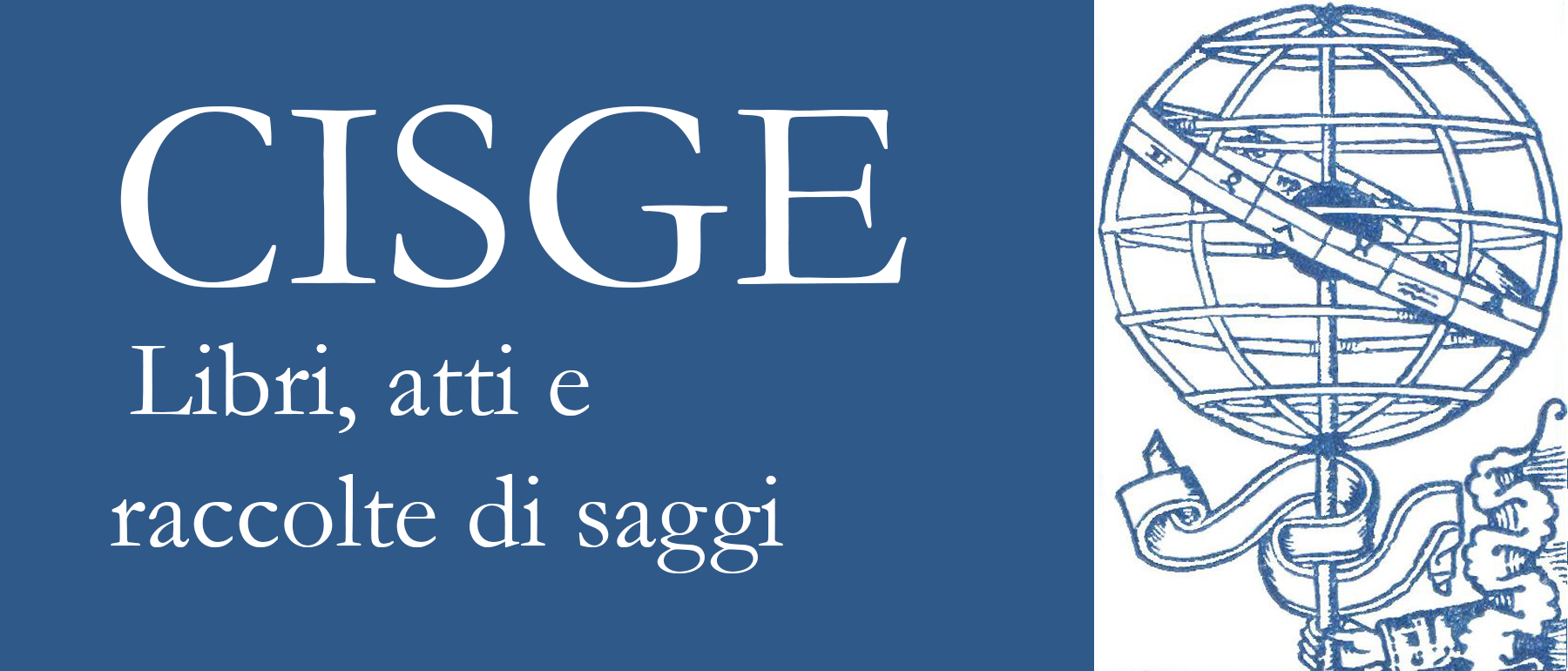Patrimonializzazione di vigneti “storici” ed “eroici”. Riflessioni di Geografia storica a margine di un decreto ministeriale
Abstract
In un lungo percorso di patrimonializzazione delle aree rurali produttive e, nello specifico, dei vigneti, nel 2020, il Ministero delle politiche agricole, alimentari e forestali (MIPAAF), di concerto con il Ministero della cultura e del turismo (MIBACT) e il Ministero dell’ambiente e della tutela del territorio e del mare (MATTM), ha firmato il decreto ministeriale n. 6899, che riconosce e tutela i vigneti “eroici” e i vigneti “storici”. Pur nell’importanza socio-economica e geografica dell’intervento, questo è stato pressoché non considerato negli studi geografici e storico geografici, con le dovute eccezioni. Dopo aver riproposto le dinamiche del quadro normativo e una breve storia degli studi sulle attività agricole legate ai vigneti, il testo si propone di apportare alcune riflessioni in merito all’assenza di un dibattito intorno al decreto ministeriale e in merito alle potenzialità e ai vincoli che esso può avere, con effetti sulle realtà socio-economiche territoriali. Nello specifico, ci si immagina come questo intervento normativo, delegato in parte alle Regioni, possa andare a supportare molte delle attività economiche presenti in aree svantaggiate – non solo aree interne – o periferiche, o comunque soggette ai vincoli della morfologia articolata della nostra penisola. Pur senza la pretesa di offrire un quadro esaustivo dello stato dell'arte degli studi geografico-storici sul tema, il testo vuole promuovere un dibattito all’interno della rivista, ma anche della comunità scientifica italiana.
In a long process of capitalization of productive rural areas and, specifically, of vineyards, in 2020 the Italian Ministry of Agricultural, Food and Forestry Policies (MIPAAF) signed the Ministerial Decree n. 6899, which recognizes and protects “heroic” and “historic” vineyards, in concert with the Ministry of Cultural Heritage and Activities and Tourism (MIBACT) and the Ministry for Environment and Land and Sea Protection (MATTM). Despite the socio-economic and geographical importance of such intervention, it has hardly been considered in geographic and geo-historical studies, with due exceptions. After re-proposing the dynamics of the above-mentioned regulatory framework and tracing a brief history of the studies on agricultural activities related to vineyards, the text aims to make some reflections on the absence of a debate around the Ministerial Decree and on the potential and constraints that the latter can entail, with effects on territorial socio-economic realities. Specifically, we imagine how this regulatory intervention, partly delegated to the Regions, could support many economic activities in disadvantaged areas – not only “inland areas” – or peripheral ones, or ones that are, in any case, subject to the constraints of the articulated morphology of our peninsula. Without claiming to offer an exhaustive picture of the state of the art of geo-historical research on the subject, the text aims to promote a debate within the journal, but also within the Italian scientific community.



